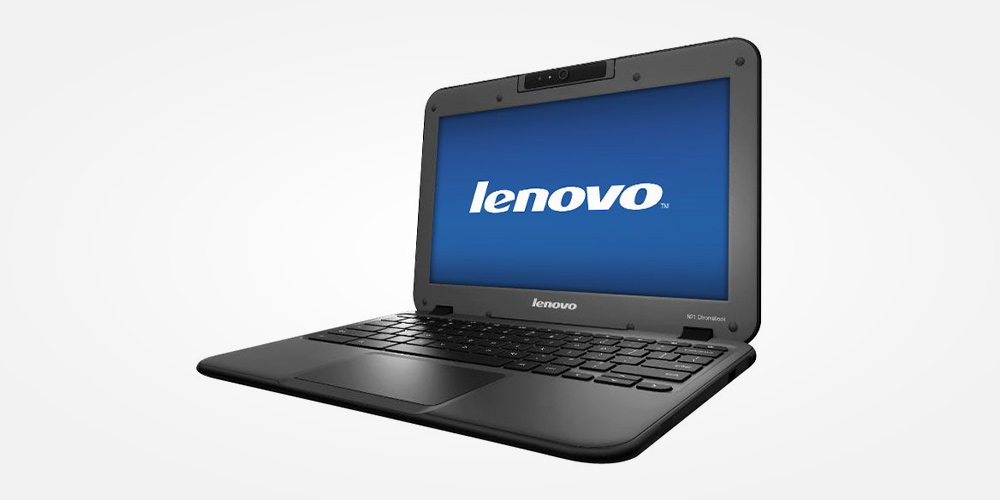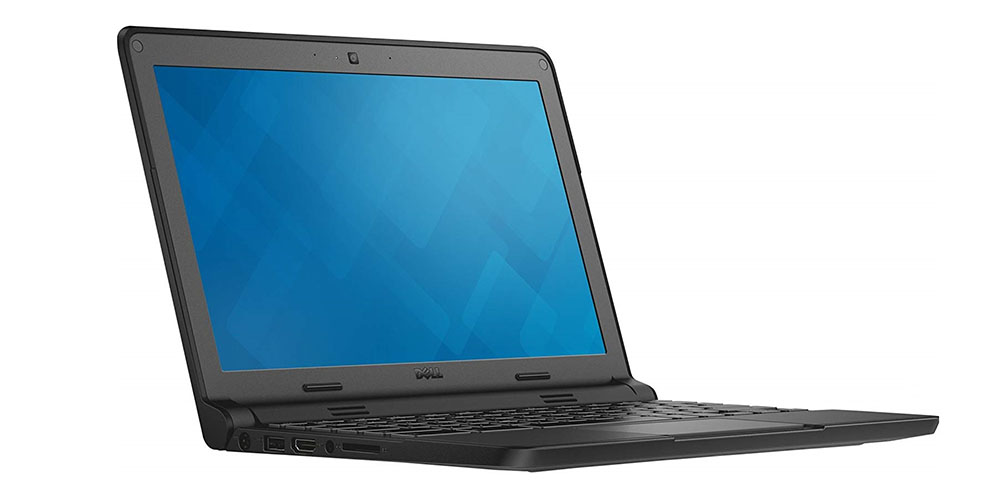
For the past few years, talking about the flaws of Apple product design has felt like spitting into a hurricane. After all, Apple remains fantastically successful. Its products are in high demand in both the PC and mobile spaces. It virtually owns the high-end tablet market and has created a growing services business.
At the same time, since the death of Steve Jobs, Apple has misfired on a significant number of products. No company is immune to product defects or duds. But I’d argue that the post-Jobs era has been unique for the types of failures we’ve seen — specifically, failures of design that were entirely self-inflicted. Now that Jony Ive has left Apple, we’ve seen some indication that these trends may be corrected, and a newfound willingness to discuss the negative impact Ive may have had on Apple’s product designs over the last few years.
The iPhone 6 Plus was the first sign of a serious problem at Apple. The company has never been afraid to criticize its own users — “You’re holding it wrong” is the archetype example here — but the iPhone 6 and especially the 6 Plus didn’t just have a poor antenna arrangement. They were compromised by Apple’s decision to remove a piece of metal intended to strengthen the phone against bending. This was an issue on both devices, but it hit the 6 Plus much worse.
Court documents would later show that Apple knew the iPhone 6 and 6 Plus were much weaker than previous devices before it even shipped the hardware. That didn’t stop Apple from declaring that it would no longer sample websites that correctly identified the problem and criticized the design. Computerbild.de was punished for telling the truth Apple found inconvenient to hear. The iPhone 6 was 3.3x more likely to bend than the iPhone 5s. The iPhone 6 Plus was 7.2x more likely.
Next up — the Apple Ashcan. This advertisement from Boxx sums up the problems with the system more quickly than I can:
The only reason the Mac Pro’s form factor and overall design weren’t instantly slagged was that analysts and journalists both assumed Apple’s own software and hardware development priorities were reflected in its hardware choices. When Apple announced it would offer custom dual AMD GPUs and tie virtually all expansion to Thunderbolt, the expectation was that the company would be shifting resources to prioritize GPGPU computing and OpenCL. Apple did develop Metal and its own mobile GPU, but it didn’t pour money into building an ecosystem around AMD GPUs and their compute capabilities. The Mac Pro launched and sat, unrefreshed, until Apple replaced it last year.
One tidbit that’s emerged since Ive left Apple is that the Apple Watch Edition — a $10,000 wearable with a 2-3 year lifespan — was his own pet project. I genuinely have no idea why.
Apple’s laptop products had problems of their own. Apple is far from the first company to introduce a first-generation product with a flaw that only became apparent later. What sets Apple’s keyboard woes apart from most of these other situations is that the company proved incapable of fixing the problem. After three subsequent generations of butterfly keyboards, Apple has re-adopted the scissor design it used in 2015.
Furthermore, both the screens and the keyboards of these laptops shared a common flaw: Repairing even simple damage required extremely expensive hardware replacement. Apple later acknowledged and created a program to fix its keyboards for free, but both issues were examples of how the company’s relentless pursuit of thinness and integration had resulted in an inferior user experience.
That’s the common thread that connects these issues and separates them from some of the other controversial decisions Apple has made. In the early part of the decade, Apple was lauded for the way its minimalism made devices easier to use. From 2013 forward, its minimalistic designs began to limit or harm what users could do with its hardware.
It’s not clear what direct role Ive played in all this. At some points, like with the Apple Watch Edition, he was directly engaged. Other reports have indicated Ive was pretty checked out — skipping meetings or giving perfunctory feedback. It’s possible that the problems Apple ran into were the result of other engineers implementing bad directions or simply taking their own shots at how they thought Apple should evolve. But one way or another, Ive was in charge of product design at Apple, and the products the company has shipped the last few years have often had real problems.
Over at ZDNet, Robin Harris is asking if Jony Ive actually chose to leave Apple, or if he was cordially shown the door. It’s a fair question, given how things have evolved since his departure. Both the iPhone and the MacBook Pro have gotten a tiny bit thicker and are the better for it.
I’m not under any illusion that Apple is going to start building systems designed to cater to buyers like myself. Apple products are an acquired taste, and you either want to be part of the ecosystem or you don’t. I’d genuinely like to believe that Apple’s poor decision-making and outright consumer deception were driven by a designer who focused on the wrong aspects of hardware design rather than seeing these decisions as part of Apple’s strategy to drive up revenue from services like AppleCare.
The proof will be in how Apple’s products continue to evolve.
Now Read:
- Apple Applies for Patent on an iMac Built Into a Curved Sheet of Glass
- Happy 10th, iPad: Steven Sinofsky Reflects on Microsoft’s Perspective
- Reference to New ‘Pro Mode’ Found in Latest macOS Beta
from ExtremeTechExtremeTech https://ift.tt/2SbQdYG































